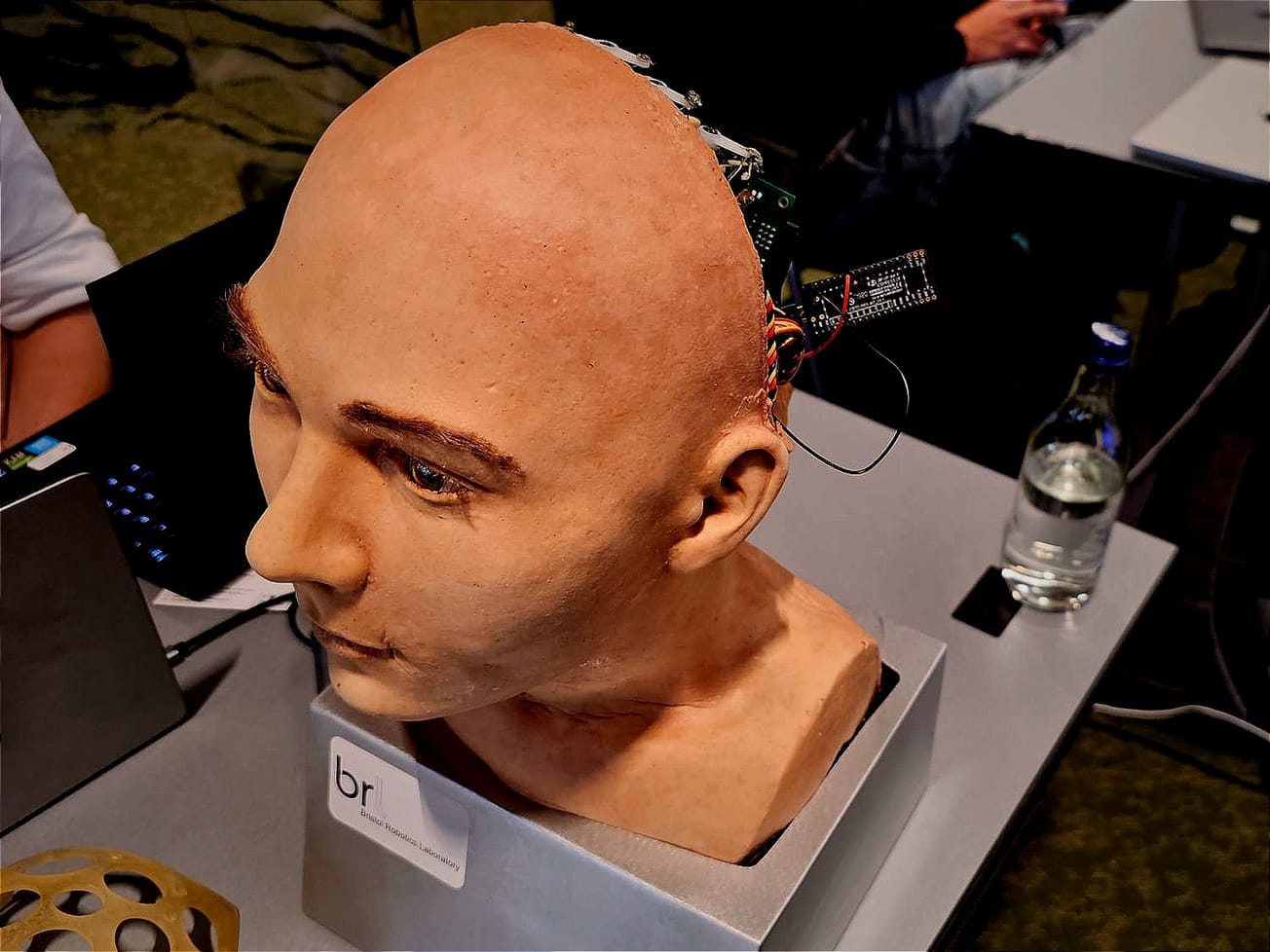GENEVA (AN) — The world's biggest and most powerful atom smasher is once again circulating beams of protons after a shutdown of more than three years to allow for maintenance, consolidation and upgrades, the European Organization for Nuclear Research said on Friday.
The Large Hadron Collider restarted in the early afternoon with two beams containing a relatively small number of protons circulating in opposite directions around its 27-kilometer ring at their injection energy of 450 billion electronvolts (450 GeV), CERN reported. The aim of increasing the LHC's energy is to increase the number of proton collisions for experiments, which boosts the probability of more discoveries about the universe’s fundamental properties.








